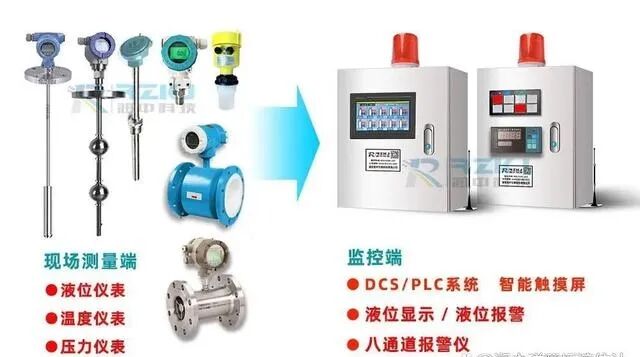“PLC Alarm False Alarm Rate Drops by 80%! Intelligent Optimization Saves Factories Millions”

Hello everyone! Today I must share some insights with all industrial control professionals — do you think that more frequent PLC alarms mean greater safety? You are gravely mistaken! I have personally witnessed a food factory that reported 27 false alarms in three days due to sensors being covered in flour. The maintenance workers were running around so much that their shoes were smoking, and ultimately, the production line was halted for 8 hours due to a missed true fault, resulting in a direct loss of 580,000! This is not an alarm system; it’s clearly a case of “The Wolf is Coming!”
👉 Sensors are too “sensitive”: They alarm at the slightest disturbance. For example, in a patented case from Shandong Jiahe Packaging, the optical lens was automatically adjusted using rain and snow sensors, reducing the false alarm rate from 18% to 3%.
👉 Thresholds are too “rigid”: It’s like always using the same ruler to measure height. The Shanghai Water Pipe Department divided the alarm thresholds into three levels: 10㎡, 50㎡, and 100㎡, which halved the false alarm rate.
👉 The environment is too “challenging”: Dust, electromagnetic interference, and changes in temperature and humidity can cause signal “blockages”. For instance, a factory lost 500,000 due to incorrect grounding, but after adding an anti-interference module, the issue was resolved.
Multi-sensor fusion: Stop relying on a single sensor! A certain port used laser scanning + visual recognition + vibration sensors, reducing the false alarm rate from 15% to 1.2%.
Edge computing preprocessing: For example, EMQ’s industrial gateway filters out invalid data at the edge, reducing 80% of invalid alarms.
🔥 Second Layer: Algorithm Decision Layer

Dynamic threshold adaptation: The intelligent detection system from Dongfang Boiler can automatically adjust thresholds based on operating conditions, achieving a false alarm rate of < 5% and a defect identification rate of 98.9%.
AI pattern recognition: Using LSTM neural networks to analyze historical data, predicting equipment anomalies 3 hours in advance, which is 4 times faster than traditional methods.
🔥 Third Layer: Execution Feedback Layer
Multi-level alarm strategy: Minor anomalies trigger emails, while serious issues prompt direct SMS + voice + on-site sound and light alarms. A certain automotive factory used this strategy to reduce response time from 4 hours to 0.5 hours.
Automated contingency execution: For example, in the patented case from Shandong Jiahe Packaging, the system automatically adjusts the lens when rain or snow is detected, without manual intervention.
Scene-specific solutions
ROI Comparison Table
(Data source: Shandong Jiahe Packaging patent, Dongfang Boiler case, Hefei Fire Cloud Platform)